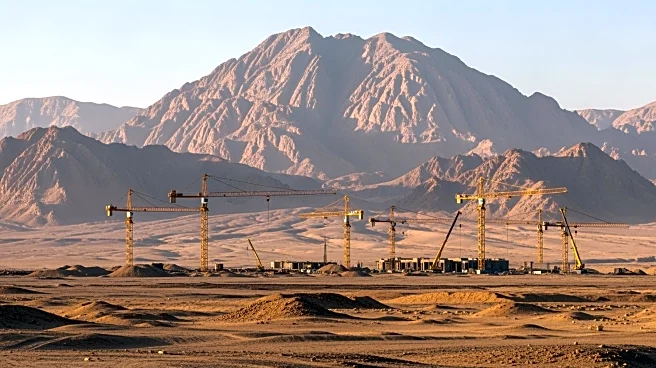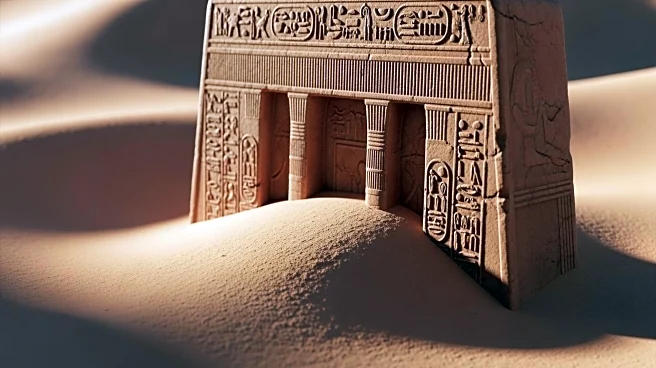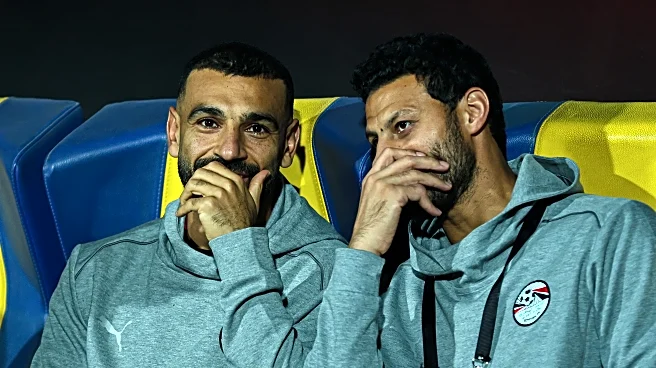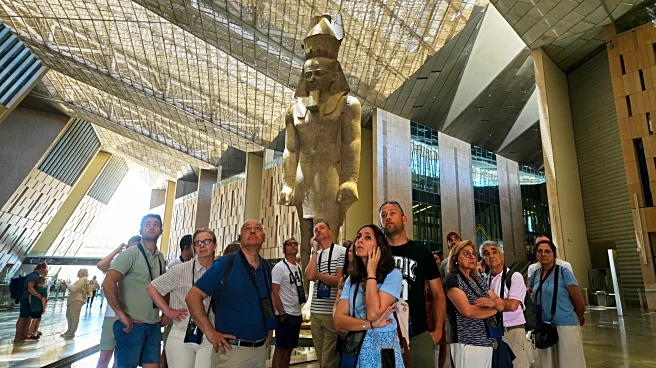What's Happening?
The Egyptian government is developing Mount Sinai, a site of immense religious significance, into a luxury mega resort. The 'Great Transfiguration Project' includes luxury hotels, villas, shopping areas, and expanded airport facilities. Construction is underway
near the historic St Catherine's Monastery, the world's oldest continuously used Christian monastery. The project is marketed as 'Egypt's gift to the world,' but has faced criticism for displacing the Jebeleya Bedouin community and altering the site's spiritual landscape. The Bedouins have had their homes demolished and cemeteries disturbed to accommodate new infrastructure.
Why It's Important?
The development at Mount Sinai raises critical issues about cultural preservation and the rights of indigenous communities. The project's impact on the Jebeleya Bedouins highlights concerns about human rights and environmental degradation. Critics argue that the commercialization of the site threatens its historical and spiritual integrity, potentially transforming it into a resort town similar to Sharm el-Sheikh. The situation poses challenges to UNESCO's efforts to protect World Heritage Sites and underscores the ethical dilemmas faced by governments balancing tourism revenue with cultural preservation.
What's Next?
Despite opposition, the Egyptian government plans to continue the development, aiming to attract millions of visitors. UNESCO has expressed concerns about the lack of environmental impact assessments and the potential threats to the site's heritage. International pressure may increase as organizations and activists call for more comprehensive evaluations of the project's impact on the region's cultural and environmental value.
Beyond the Headlines
The Mount Sinai development reflects broader tensions between economic development and cultural preservation. The project's framing as a 'gift to the world' contrasts with the experiences of the local Bedouin community, who face displacement and loss of cultural heritage. This situation highlights the ethical challenges faced by governments and private corporations in managing sacred landscapes and the long-term impact on the region's cultural heritage.
















